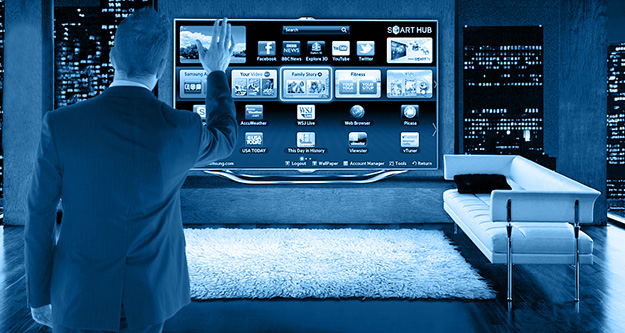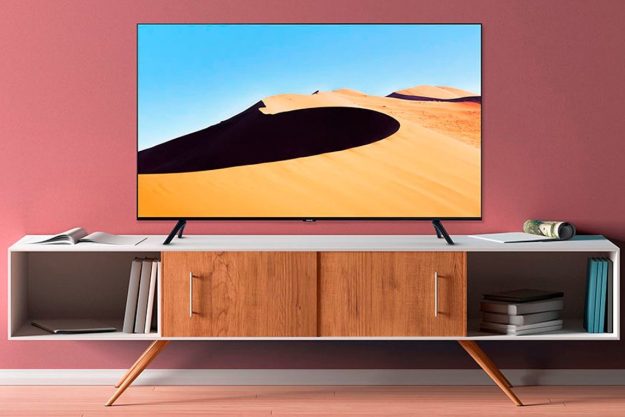 Not surprisingly, the world has not come to an end. But, the end of the year 2012 is most certainly right around the corner. Before we A/V geeks and tweeps get all sloppy on cheap champagne and start slurring out “Auld Lang Syne,” we thought it would be fun to take a look back at the more notable moments (and, in some cases, lack thereof) that 2012 had to offer the world of home theater and A/V gear.
Not surprisingly, the world has not come to an end. But, the end of the year 2012 is most certainly right around the corner. Before we A/V geeks and tweeps get all sloppy on cheap champagne and start slurring out “Auld Lang Syne,” we thought it would be fun to take a look back at the more notable moments (and, in some cases, lack thereof) that 2012 had to offer the world of home theater and A/V gear.
4K/Ultra HD beats up on OLED
While the bellwether that is the Consumer Electronics Show (CES) had us thinking OLED televisions would be dominating A/V headlines this year, it was 4K (later renamed Ultra HD) TV that wound up stealing the limelight in 2012.
It’s hard to believe that OLED made its US television debut nearly five years ago at CES 2008. That’s five years of eager anticipation, five years of 
Meanwhile, 4K/Ultra HD technology, which still seemed wildly aspirational at CES 2012, has accomplished in one year what OLED has failed to do for the last five: It has become commercially available for purchase – and people (very wealthy people) are buying it. A lack of 4K native content wasn’t able to stop the wildly-expensive 4K juggernaut. Both LG and Sony have 84-inch sets making their way into consumer homes right now, and we can imagine that trend will continue as prices drop and supply increases.
No Apple Television…again

Google TV lives on
If the Google TV platform had been created and backed by any other entity, it would most likely have died a very quick death after last year’s Logitech Revue debacle. Logitech CEO Guerrino De Luca went so 
This year saw a proliferation of new Google TV-powered set-top boxes from the likes of Vizio, Sony, and Hisense. LG gave Google a much-needed boost with its G2 television, prompting us to acknowledge that version two of Google TV was less terrible than the first. The platform still needs a lot of work, but LG seems pretty confident that version three of Google TV will be significantly better, as it recently announced a significantly expanded line of Google TV-powered televisions, including seven new models in five screen sizes. The third time’s the charm, right?
Rise of the set-top media streamers

AirPlay everywhere
2012 saw Apple’s proprietary brand of wireless audio streaming trickling down from high-end A/V 
Portable Bluetooth speakers

Gesture and voice control
The introduction of gesture and voice control to the A/V space had many TV reviewers looking and sounding ridiculous this year. We think both technologies need some tweaking before the public will consider embracing them, but hit-and-miss functionality didn’t stop Samsung and LG from bringing the features to their top-of-the-line TVs this year anyway. As a result, we got plenty of confused and awkward looks from our peers as we spent many hours waving and yelling at TV review samples (although, to be fair, we must admit that playing Angry Birds with our bare hands was pretty fun.
Editors' Recommendations
- Best Vizio TV deals: Cheap smart TVs starting at $90
- Best Walmart TV deals: 43-inch 4K TV for $195 and more
- Sony debuts the Bravia 9, its brightest 4K TV ever, alongside new 2024 models
- Best Buy TV deals: Save on QLED TVs, OLED TVs, and 8K TVs
- Best 85-inch TV deals: Save on Samsung, Sony, TCL, and more




